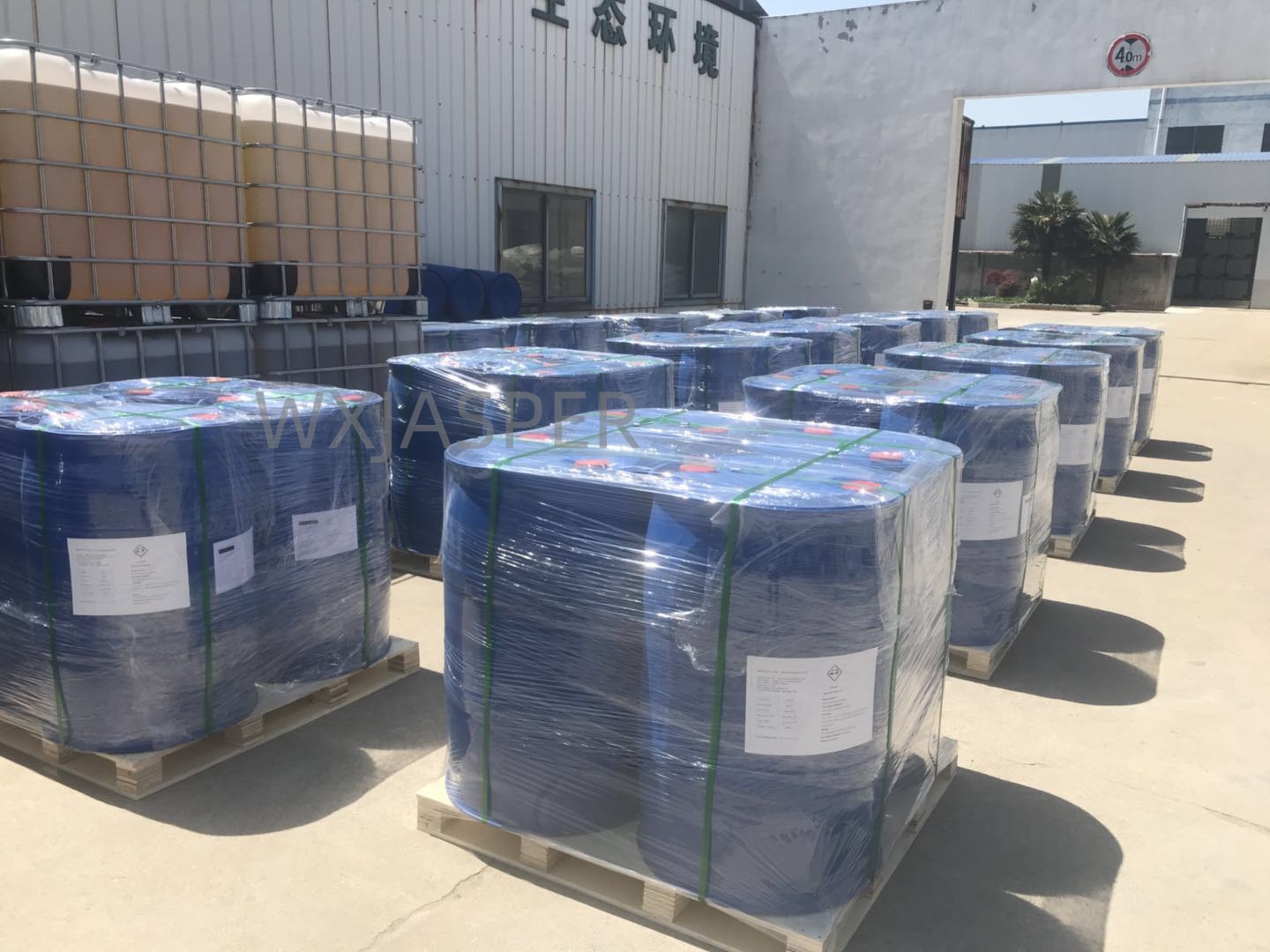Your Location:Home > Products > Solvents > GEROPON T 36 POWDER



CasNo: 371-47-1
MF: C4H4Na2O4
Appearance: liquid
Delivery Time: 15 days
Packing: 200kg/drum
Purity: 99%
Basic Information
|
Model NO. |
371-47-1 |
Appearance |
Powder |
|
Color |
Colorless |
Purity |
99% |
|
Grade Standard |
Industrial Grade |
Specification |
200kg/drum |
|
Transport Package |
Drum |
Origin |
China |
Product Description
Product Name:GEROPON T 36 POWDER
CAS No: 371-47-1
Form: Powder
Product Application
Architectural Coatings:
Interior/Exterior Emulsion Paints: Efficiently disperses titanium dioxide and various fillers (calcium carbonate, kaolin, talc, etc.), improving pigment hiding power, film gloss, and stability.
Waterproofing Coatings, Putties, Mortars: Acts as a filler dispersant, improving workability and final strength.
Ceramic Industry:
Used in ceramic glaze and body slurries as a highly efficient water reducer and dispersant, lowering slurry viscosity while increasing solids content and slurry stability.
Adhesives & Sealants:
Disperses fillers in water-based adhesives and grouts, improving flow and storage stability.
Building Materials & Composites:
Used in dry-mix building materials such as gypsum boards, cement-based self-leveling compounds, and insulation mortars as a powder dispersant, improving dispersion and workability upon water addition.
Pigment Concentrates:
Used in the preparation of universal inorganic pigment pastes.
Packaging
200Kg/Drum
Storage
Store in a cool, dry, well-ventilated place. Keep the container tightly closed to prevent moisture absorption and caking.